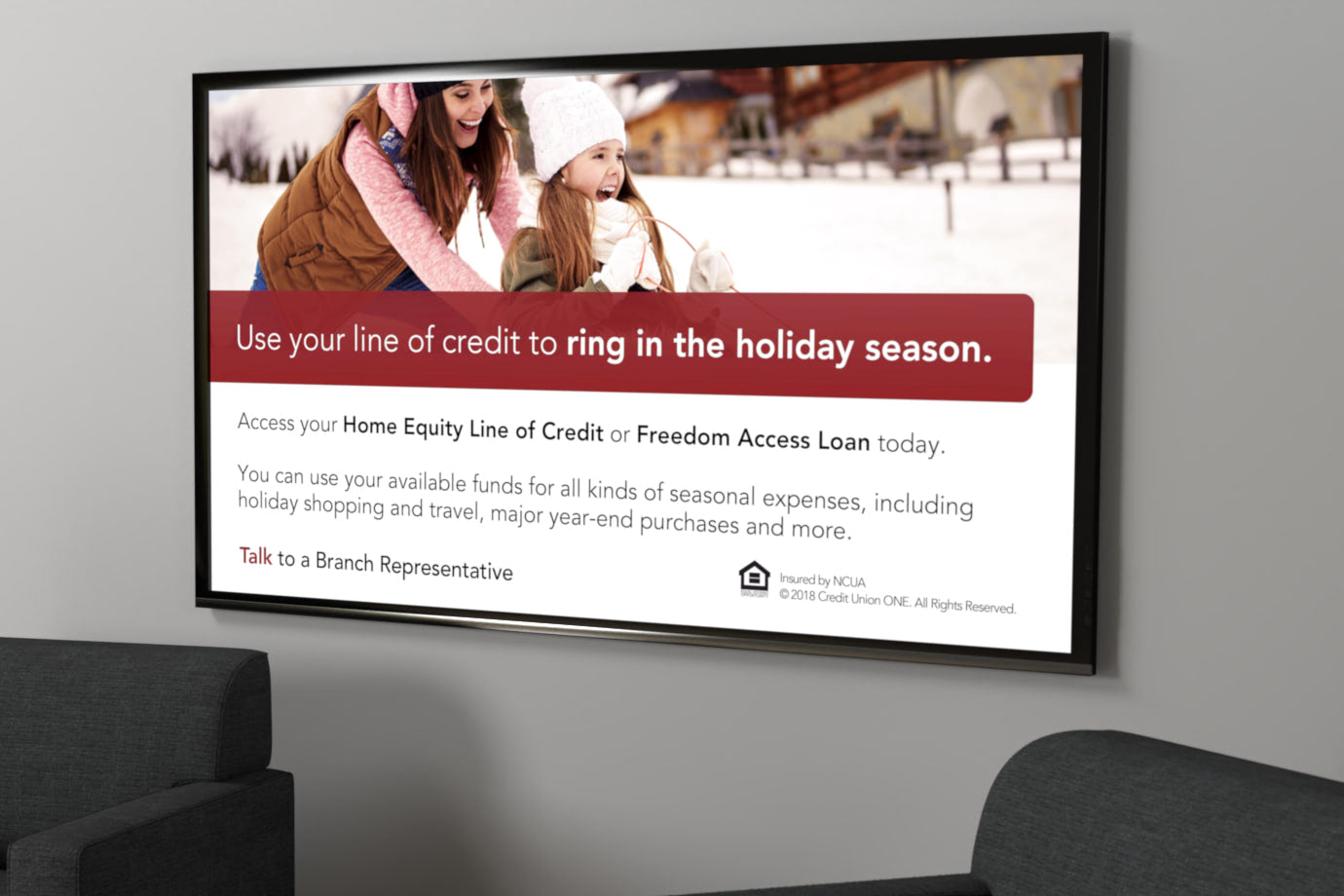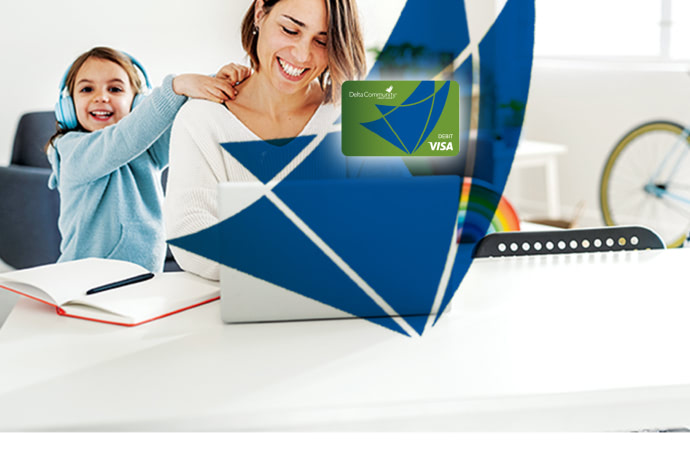Getting Your Gamification On: Four Tips for Financial Services Companies

Incorporating gamification tactics into a financial services company’s marketing mix can be a fun and rewarding tool to encourage a desired consumer behavior: depositing money into a savings account, increasing spend on a credit card, accessing educational content or paying a loan or credit card on time, for example. Gamification, however, needs to be more than adding points, trophies, badges and other competitive elements to an existing product.
According to Gartner research, starting without an engagement strategy and game design principles could mean failure. In “Gamification 2020: What Is the Future of Gamification?” Gartner says that in order to be successful, “…gamification, applied with correct game design principles, will have a significant impact in many domains, and in some fields, the use of game mechanics will have a transformational impact.”
Here are four tips that can help you begin thinking about gamification along with some notable examples:
Tip #1: Financial customers are a little different
General gamification best practices include development and promotion of a social scoreboard or community platform that ranks a player’s competitive achievements in comparison to others’. It’s a good idea, but keep in mind that when it comes to their money (and personally identifiable information), consumers want and expect privacy. Because these two points – competition and privacy – may conflict with one another, it is imperative to remember that “privacy trumps gamification.” It’s critical to design programs that offer intrinsic, personal reward – rather than community recognition – through gaming.
Example: PNC Bank created the “Virtual Wallet” for customers. One of the most iconic features is a savings tool – or “game” – where account holders gets to “Punch the Pig” (an animated piggy bank) resulting in an automatic transfer of money (bacon) from the customer’s “spend” account to their “growth” account. The pay-off: Customers see and enjoy their savings account balance increase in real time.
Tip #2: Focus on driving desired consumer behaviors
Although a financial institution should only create games based on its business objectives, it is critical to understand customer mindset. Some will thrive on competition, others have the need to complete a task or explore and learn, and some will welcome social opportunities, status levels and prizes. Not all game rewards need to be monetary or have real-world value, but they do need to be fun, interesting, sharable and/or engaging.
Example: Save Up is a free savings rewards program underwritten by bank and credit union “partners.” It works like a game with easy-to-follow rules, goals and awards in the form of credits for behaviors. “Save Up” rewards behaviors like opening new accounts, good payment behavior, 401k enrollment, deposit activity and social media sharing. Customers feels valued when they redeem credits to play for high-value prizes, including cars, vacations and cash. By registering as a sweepstakes, “Save Up” allows the collaborating financial institutions to circumvent otherwise restrictive banking laws.
Tip #3: Enter into the next phase of financial education
Education continues to be a big component in customer relationships, but making financial topics both clear and interesting can be a challenge. Well-educated and aware consumers are more likely to value and deepen their relationships with you. One strategy is not only to provide special content or early access to content but also to award customers for their participation.
Example: Visa developed an online learning tool designed to capitalize on the worldwide popularity of soccer and begin educating consumers about money and credit at an early age. Visa Financial Football is a fast-paced game designed for use individually or in classroom settings. Each module begins with an age-appropriate lesson plan and follows through with high-resolution, arcade-quality graphics that pause at critical soccer plays to ask the user (or class) a question related to the financial topics. A correct answer and play continues. Answer incorrectly, and the opposing team steals the soccer ball. Once several consecutive correct answers are given, players have the opportunity to score and post points to a leaderboard.
Tip #4: Embrace a mix of rewards; your customer will, too
Rewarding game behavior can be tangible remuneration or a “virtual” award; in most cases, a blend of each works best. Therefore, when developing a reward structure, consider not only the types of rewards your consumers will find most valuable but also presentation of an appealing mix. Here are some ideas:
- levels, points, badges or trophies to mark a customer’s achievements;
- cash, discounts, free products, sweepstakes and drawings based on accomplishments;
- individualization to make customers feel special;
- competitively ranking player “feats” on a leaderboard (again, be mindful of privacy issues and refrain from publishing customer-identifiable information);
- easy access to information; and
- VIP status to recognize valued customers.
Each has a place in a financial service institution’s gamification strategy.
Example: GoBank has incorporated gamification throughout its product and service lines. One of the most noteworthy aspects of its gamified approach is a negotiable monthly fee selector tool. Account holders use a slider bar to specify the amount of membership fee they choose to pay. With each dollar increment, a pop-up puppy character offers a tidbit of information about industry fees and the value GoBank provides. It’s a simple interface, but it works and feels like a game.
With a little creativity and understanding of your brand, marketing objectives and audience, the opportunity to gamify your marketing initiatives, financial services and products can not only be profitable for your financial institution but also a fun and enriching experience for you and your customers. In this game, everyone can win.
To see more detail about these, and other examples of gamification in the financial services industry, check out The Financial Brand’s “The Gamification of Retail Banking Services.”






